Synthesia has announced a new feature called Personal Avatar This is a digital version of yourself that can be created within minutes and looks so much like you that it can fool your friends and perhaps even your mother if you are not paying close attention
Generative AI video startups have long had the option of using digital avatars of varying degrees of realism within PowerPoint-style presentation software The avatar acts like a virtual presenter reading a script alongside the text and graphics on the slides
Personalized avatars could also be created, but unless one took the time to visit Synthesia's office and record a digital version of oneself, they were flat and not particularly expressive With this latest update, however, personalization has been taken to a whole new level, making it much easier to create realistic twin avatars
To create a digital version of yourself, sit in front of a webcam, read 60 seconds of text, and wait a day for the avatar to be generated It is important to note that this is only available with a paid Synthesia subscription, and you can only access your virtual likeness through your Synthesia account
With the rise of video-based social media platforms such as TikTok and Instagram Reels, it has become increasingly important to express oneself visually
Not everyone can shine in front of a camera or even has the desire to do so Now you can type and the digital version of the words you type can be read by you - no need to speak
But the primary use is in an office environment where it breathes new life into PowerPoint presentations
Teachers can easily use it to create custom lessons for different children, and it can be used to deliver presentations and TikTok in multiple languages, even if you personally only speak English
The most exciting part of personal avatar technology is the amazingly accurate voice cloning, which can capture a mixture of inflection, emotion, and style Animation and lip-sync are then added to photos taken with a webcam during setup
It does not create a "true" avatar that can be moved to different environments, dressed differently, or changed on a whim, but what is clever is the voice and seamless looping
Personal avatars use "auto-alignment" for loop playback This is a form of AI that understands the difference between moments of silence and moments of speech It can then make appropriate adjustments to the body movements along the script to make them more natural
When I sat in front of the webcam and recorded a few minutes of fairly rambling text, I expected a slightly awkward, slightly off kilter version of myself I had seen the demo, but I didn't think it could match that realism I was wrong
It took about a day for the system to finish training the model and create my avatar Then, with just a few lines of text, I was ready to be used within the Synthesia system I could literally put words in my mouth and it took less than 10 minutes to create the video
If you look closely or watch carefully on a large monitor, it is obvious that the avatar is not real The way they speak is very impressive, but they tend to look in one direction, their movements are a bit off compared to what would be expected naturally, and their eyes have been corrected I have had amblyopia since childhood, a condition in which my left eye and my brain do not communicate particularly well, so I have minimal vision in that eye and always look to the left In my avatar, both eyes look in the expected direction
It was shocking to see this slightly corrected version of myself Even though I am used to using AI every day, it was a reminder of how far technology has come and how accurately it can replicate humans I suggest you check my guide for signs that it may be a deepfake
According to Synthesia, personal avatars are available for Starter, Creator, and Enterprise plans The free plan offers built-in avatars, but the first plan, which is customizable, costs $22/month, about the same price as ChatGPT and Claude
"At Synthesia, we believe that AI avatars will revolutionize the way we interact in the digital space," a spokesperson explained, and how users can utilize their personal avatars to "express themselves, connect with others, and push the limits of digital communication," He added that he would like to see how users "express themselves, connect with others, and push the limits of digital communication
Admittedly, a very accurate recreation of oneself can be a bit creepy, but I think Synthesia took the right approach Locking into an authenticated user account does not mean that anyone can put words in your virtual mouth
I suspect the next logical evolution of this is not a digital twin that can be used anywhere, but a digital twin once created There are other companies building technology in this area, such as Captions, which offers an app-based digital twin that allows you to change the background and add customization, but nothing comes close to the realism of Synthesia Personal Avatars
Captions' approach is more flexible and mobile-friendly, but Synthesia captures my voice even more accurately than my ElevenLabs clone, which fooled my kids


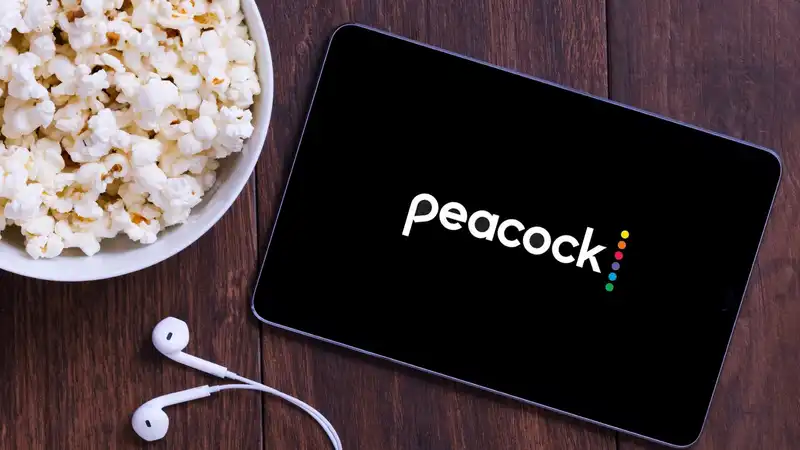


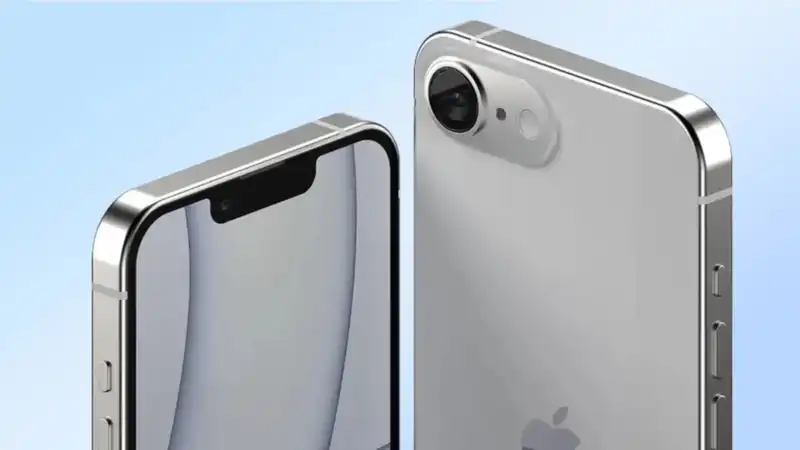

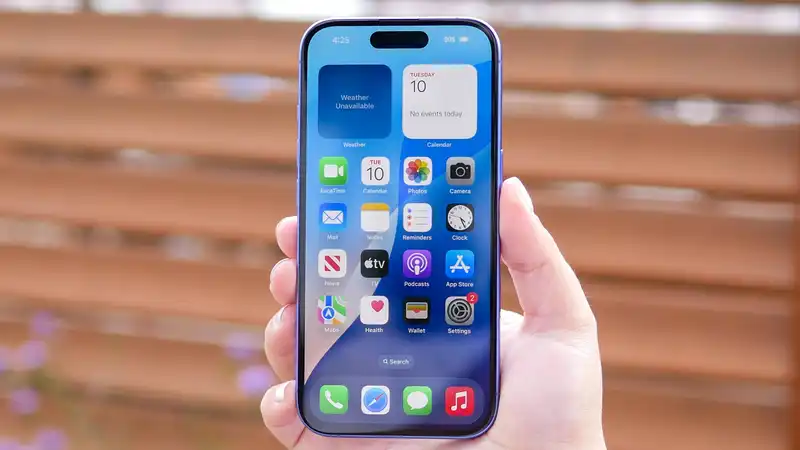
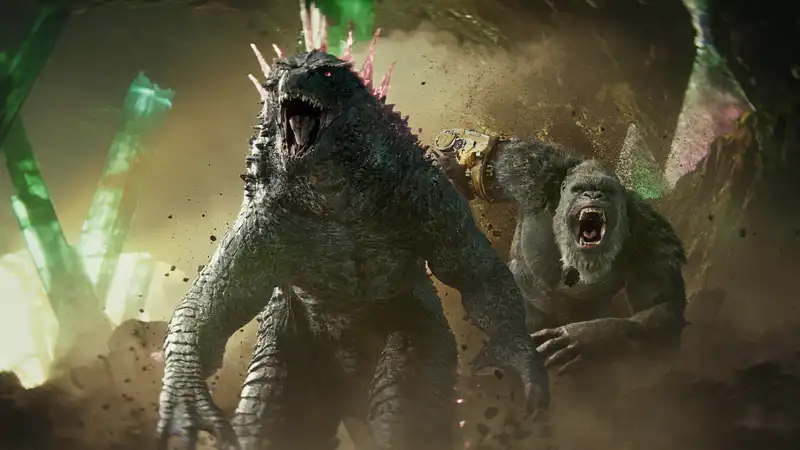
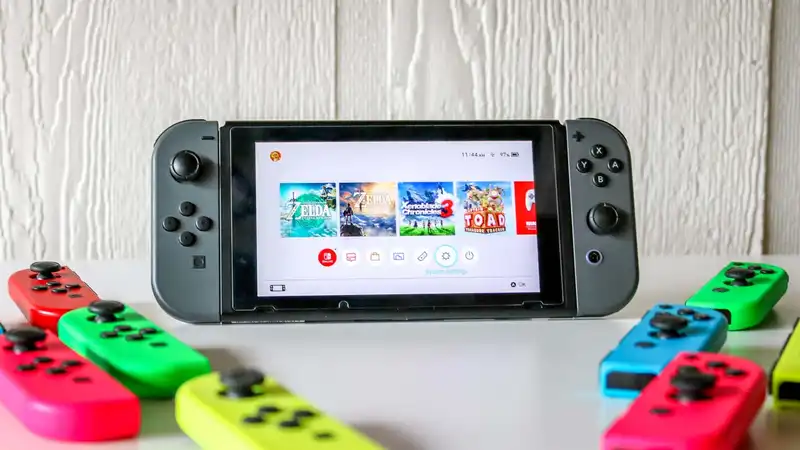
Comments